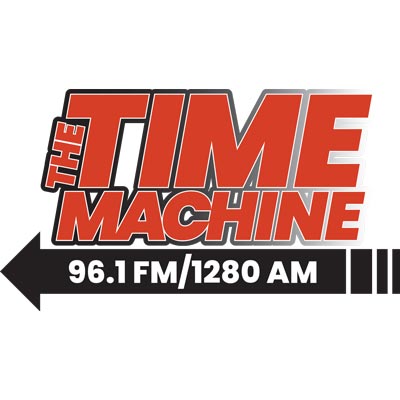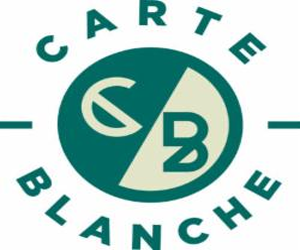(The Center Square) – Gov. Katie Hobbs signed an executive order, aiming to lower prescription drug costs for Arizonans.
Arizona will join the ArrayRx, which is a multi-state public pharmacy that gives discount prices on prescription drugs.
Arizona will be the sixth state to join ArrayRx, with the other five states being Oregon, Washington, Nevada, Ohio and Connecticut.
“For too long and for too many families, rising costs, including prescription drug prices, have put the Arizona Promise out of reach. We are changing that,” Hobbs said. “I’m proud to take action to keep money in Arizonans’ pockets, create pathways to health and wellbeing, and restore the Arizona Promise for families across the state.”
Trevor Douglass, director of the Oregon Prescription Drug Program, welcomed Arizona to ArrayRx. He stated ArrayRx will work “tirelessly to break down barriers and ensure that prescription medications are within reach for everyone.”
As part of ArrayRx, people who participate in its Discount Card Program will allow Arizonans to save 80% on generic drugs and 18% on brand-name drugs per prescription, a government press release said.
Additionally, this free program includes coverage for FDA-approved prescriptions and discounts for over-the-counter medications and supplies. This discount card can be used at over 65,000 pharmacies nationwide.
For its implementation, the executive order signed last week cites Congress’ passage of the Big Beautiful Bill, which did not extend Affordable Care Act healthcare subsidies, as one of the reasons Hobbs joined ArrayRx.
To get people to join the program, this executive order says public health-focused state agencies “should actively support and promote” ArrayRx “through their respective communication and outreach channels.”
Furthermore, this executive order requires the Arizona Department and Health Services to submit an annual report before Dec. 31 of each year to the governor’s office detailing the “status of program implementation and adoption.” This report will include “outreach activities, participating agencies and available data on enrollment and utilization.”






